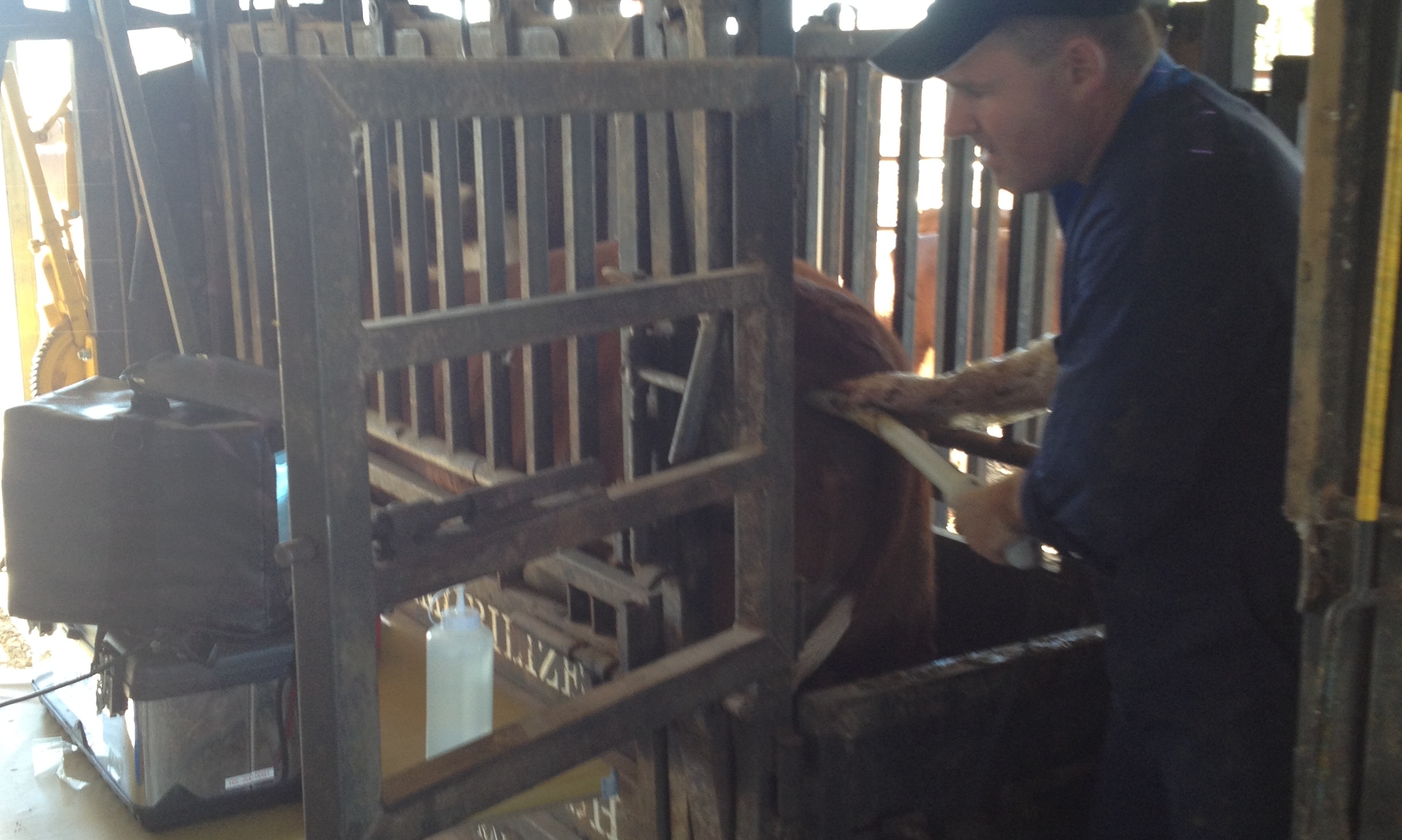Early weaning is definitely one of the more frequent topics for discussion among producers. As the drought continues to impact on businesses, many producers are looking at other management strategies within their drought program.
Early weaning is certainly a very important strategy, and can be used to successfully care for cows and ensure calf growth can be maintained. However, as a strategy it does require some planning and has to be done with a daily focus on ensuring calves are responding to the program. There are no shortcuts if you do choose this strategy!
Managing cow condition is a key reason for early weaning
As a strategy to manage cow condition, early weaning can be a vital tool in a drought plan. The minimum amount of feed a lactating cow requires each day is 2.5% of her body weight and that this feed should be a minimum of 10.5 ME / Kg and 13% CP.
This compares to a dry cow requiring only 1.8% of bodyweight a day and at an energy level of 8 ME / Kg and 8% CP. By early weaning you have a chance to adjust rations and focus on using high quality rations on those cows that are very light in condition and need special care.
If your cows are light and certainly anything that is AT RISK (Fat Score 1) then you should be planning to early wean the calves and look after the cows as a seperate group .
One of my first tips for early weaning is to plan ahead and ensure you have adequate facilities. This means having well secured yards that has access to clean water. Water intake is essential to ensure calves meet their daly intake requirements. Having an old bath tub that gets filled up once a day is NOT acceptable!
Your calves need to be drafted into groups that are of simile size. Generally this means they will be the same age. However size rather than age is the predominant consideration on drafting. I tend to recommend three groups. A small, medium and larger group. You also should have a spare pen. I call this the hospital group. Anything sick or not doing well should be put into this pen where you can give the calves some more specialised attention.
Draft your calves into similar size groups
Your rations need to be introduced slowly. It’s important to provide roughage that is of good quality. Poor quality roughage is often a limitation to intake. And you often find calves would sooner play with it rather than eat it! So its worth avoiding stubble hays.
Most people now use prepared pellets. Pellets are a convenient option and allow producers to feel confident in managing protein and energy levels. Protein levels (CP%) need to be between 16 - 18%. You should introduce pellets slowly. Build up to the amount that you are aiming for (based on the weight of the calves).
Feeding daily is more preferable to using self feeders. Firstly this allows you to monitor your calves and draft off any sick ones. Secondly it does prevent over eating and bloat occurring as some animals will hang around a self feeder and gorge themselves. Of greater concern can be shy feeders who hang back until the self feeder is free and then over eat. This often results in bloat.
“Feeding early weaned calves is a nursery job so you can not just feed them ad lib and get on with the other work”
Feeding calves in an early weaning program requires attention and a daily program. While I’ve seen good success with self feeders in pens, I’ve also seen some real problems!
Making sure each calf gets its daily ration is essential. Feeding in a trough, as long as the space is adequate (around 20 - 30cm head) gives your calves the opportunity to consume their requirements. It allows you to manage for issues like sickness or to remove dominant animals or those larger ones and place them into other pens.
If you do use self feeders then you need to make sure there will be enough space for the animals in each pen. So maybe you need more than one feeder per group.
If you do use self feeders, ensure you have enough room for all the animals in the pen
Early weaning can be a bit stressful on calves, and this can impact their immune system and general health. I definitely would be ensuring all calves were vaccinated with a minimum of 5 in 1 against the clostridial diseases.
This year several of the vets I work with have suggested calves coming from drought conditions would also benefit from a treatment of Vitamins A, D & E. So this could be something you also need to factor into your plans.
Ultimately early weaning can be a key part of your drought program if it is planned and managed as a key job. A daily feed, regular inspections and a planned ration are all vital for success. If you do want to plan a program and want some input, don’t forget you can get in touch with me and I’ll be happy to help you put a plan in place.







































